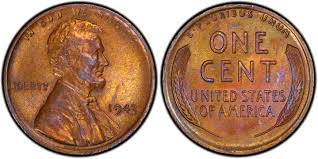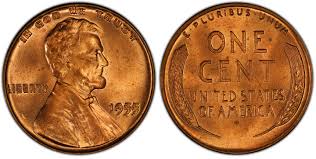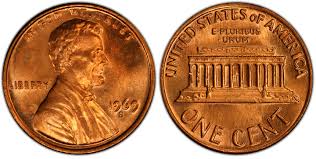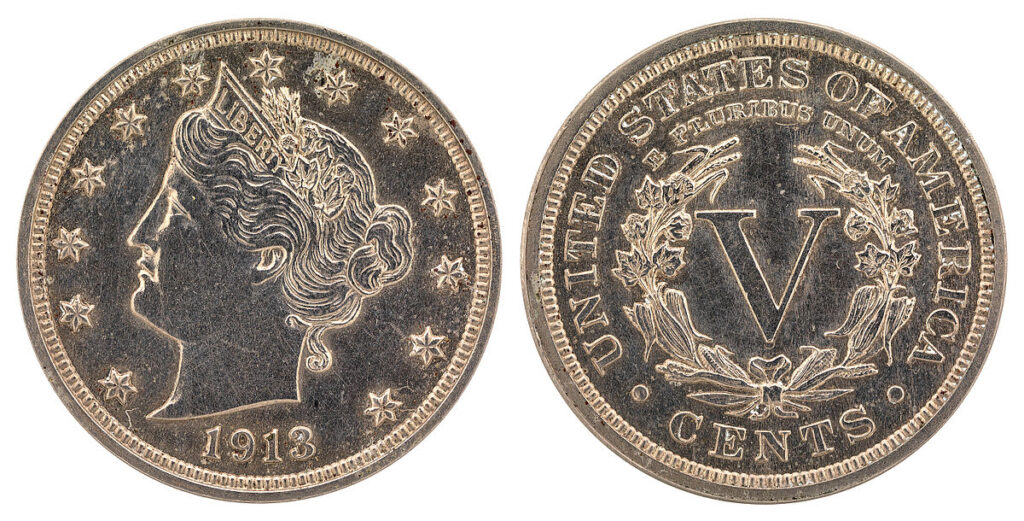Imagine paying for coffee with a coin worth over $200,000. It sounds like a dream, but experts say it’s a very real possibility. Rare coins have slipped into everyday circulation, and they could be sitting unnoticed in your pocket or change jar.
From minting mistakes to limited-edition runs, certain coins issued by the U.S. Mint are now worth small fortunes. Here’s a breakdown of the most valuable coins to watch for and how you can tell if you’re holding one.
1. 1943 Copper Penny
Estimated Value: Up to $1.7 million
Why it’s rare: During World War II, the U.S. Mint used steel to make pennies to conserve copper for the war. But a few copper blanks were mistakenly used, making these coins incredibly valuable.
How to check: Use a magnet. A genuine copper 1943 penny won’t stick. Also, look for a reddish hue.

2. 1955 Double Die Lincoln Cent
Estimated Value: Over $200,000
Why it’s rare: A misaligned die caused the inscriptions—especially “Liberty” and “In God We Trust”—to appear doubled.
How to check: Look closely for obvious doubling in the date and text on the coin’s front side.

3. 1969-S Double Die Lincoln Cent
Estimated Value: Over $200,000
Why it’s rare: Similar to the 1955 cent, this one also features dramatic doubling, especially on the obverse text.
How to check: Examine the date and lettering under magnification for clear doubling

4. 1937-D Three-Legged Buffalo Nickel
Estimated Value: Over $200,000 in high condition
Why it’s rare: Over-polishing during production caused one of the buffalo’s front legs to vanish.
How to check: Flip the coin to the buffalo side—if the front leg is missing, you may be holding a treasure.
5. 2004-D Wisconsin Quarter (Extra Leaf Error)
Estimated Value: Up to $1,000
Why it’s rare: A minting anomaly resulted in an extra leaf appearing near the corn on the reverse.
How to check: Look at the corn stalk—if you spot an additional leaf, your quarter could be a collector’s item.

6. 1913 Liberty Head Nickel
Estimated Value: Over $3.7 million
Why it’s rare: Only five were ever made. These coins are among the most coveted collectibles in American numismatics.
How to check: A real one is extremely rare—but check for the 1913 date and Liberty design. Authentic versions are known and documented.

7. 1942/1 Mercury Dime
Estimated Value: Up to $500,000
Why it’s rare: A mint error caused the “1” to be stamped beneath the “2” in the date.
How to check: A good magnifying glass will show the overdate clearly.
📎 American Numismatic Association (ANA)
8. 2000-P Sacagawea Dollar / State Quarter Mule
Estimated Value: Up to $200,000
Why it’s rare: It’s what collectors call a “mule”—a coin struck with mismatched dies. This one has a state quarter obverse and a Sacagawea dollar reverse.
How to check: If a dollar coin shows George Washington’s face, it could be a mule coin.
How to Spot a Rare Coin
- Use a Magnet: Quickly tells if a 1943 penny is copper or steel.
- Get a Magnifier: Look for doubling, date anomalies, or missing features.
- Weigh It: Authentic rare coins will often have specific weights.
- Professional Help: Contact reputable grading agencies like PCGS or NGC.
Final Thoughts
Millions of rare coins have passed through the hands of everyday Americans without notice. What seems like just another penny or nickel could actually be worth more than a house. Taking a few minutes to examine your change—especially older coins or those with visible anomalies—could literally pay off.
If you’re unsure, it’s always best to consult a trusted numismatic professional. Start with institutions affiliated with the American Numismatic Association (ANA) or use coin grading services linked above.
This article has been carefully fact-checked by our editorial team to ensure accuracy and eliminate any misleading information. We are committed to maintaining the highest standards of integrity in our content.

Filza specializes in simplifying financial topics for everyday readers. Whether breaking down Canada’s tax guides or U.S. benefits like SNAP and VA Disability, Filza’s relatable writing style ensures readers feel confident and informed. Follow her insights on LinkedIn or reach out via email at [email protected].




